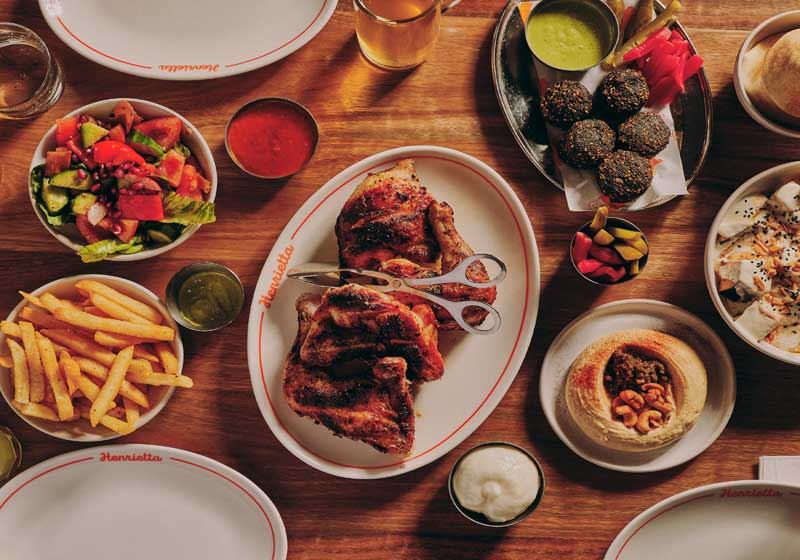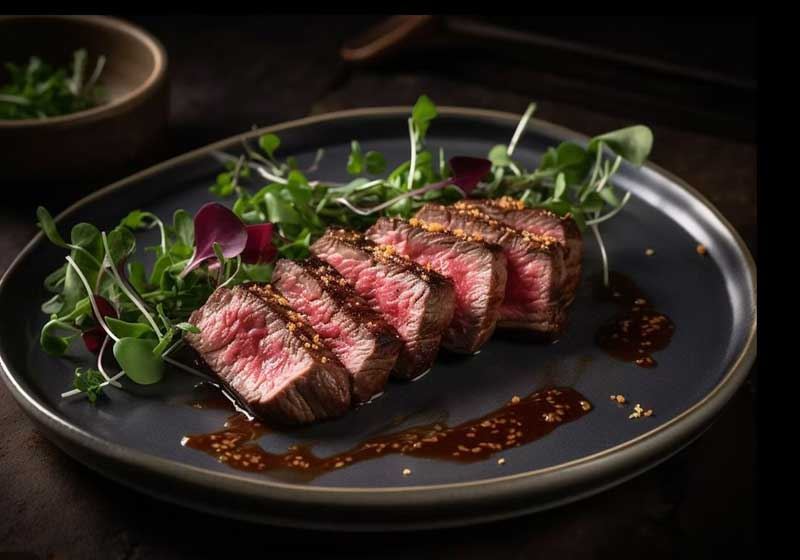By Saanika Madhwani.
Boldly flavoured, vividly coloured and rooted deep in tradition, salsas add brightness, heat and complexity to any Latin cuisine. Forget plain sides - these zesty sauces are the heart of Latin cooking, ready to elevate any table and keep every bite exciting.
Why Sauces Matter in Latin Food
Latin cuisine thrives on sauces that offer freshness, acidity, spice and depth of flavour. Many traditional dishes are intentionally prepared with milder, neutral bases, allowing the many kinds of salsas to take centre stage.
Sharing bowls of sauce at the table creates a sense of community, encouraging diners to experiment, mix and match according to taste. Beyond their culinary function, these sauces reflect regional pride, heritage and the resourcefulness of local communities that created them.
Icons of the Latin Table
Aji Verde (Peru)
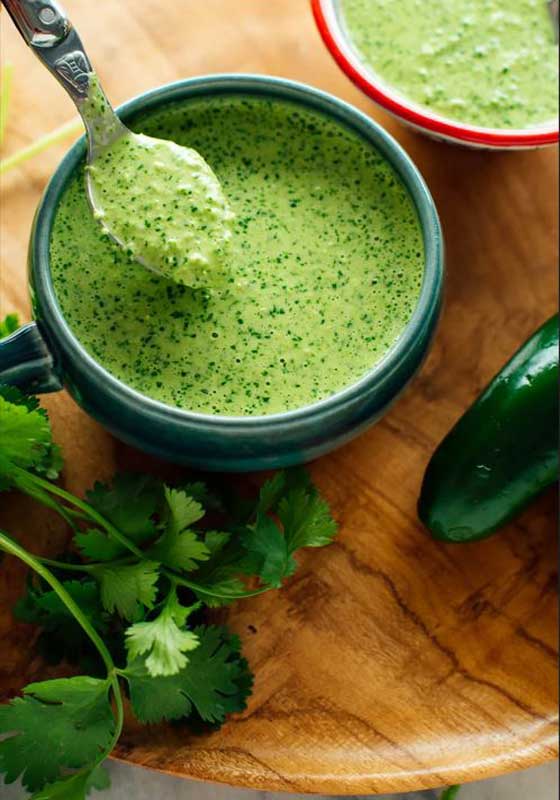
Photo credit: Cookie + Kate.
Creamy, herby and mildly fiery, Peru's aji verde balances aji amarillo peppers, fresh coriander, lime, and mayonnaise into a velvety sauce. It's traditionally spooned generously over charcoal-grilled chicken or crispy potatoes, providing a creamy, tangy relief from smoky, savoury dishes.
Chimichurri (Argentina)
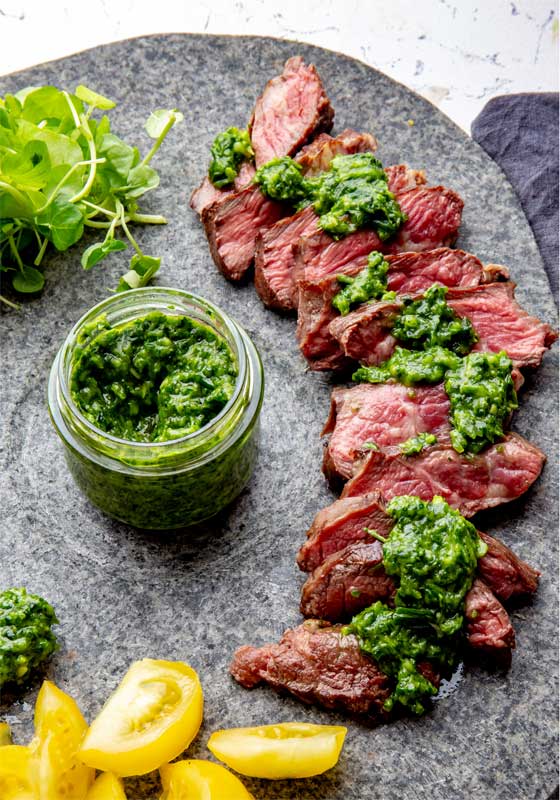
Argentina's legendary sauce, chimichurri, blends parsley, oregano, garlic and vinegar into an aromatic, herbal infusion. Its acidity cuts through the richness of grilled steak and is increasingly enjoyed over roasted vegetables and seafood. Chimichurri embodies the Argentinian spirit - modest yet profoundly satisfying.
Guacamole (Mexico)
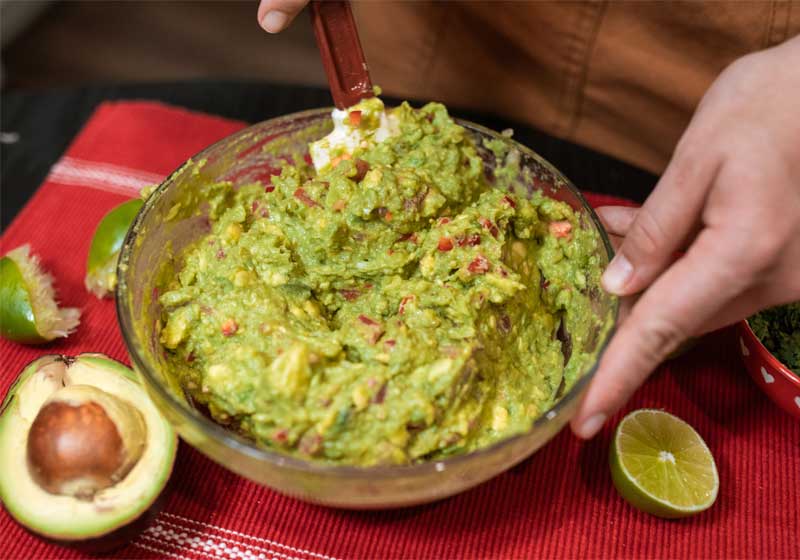
Smooth yet textured, guacamole blends ripe avocado with lime juice, coriander, onion and a hint of chilli for a creamy, bright finish. It pairs effortlessly with tortillas, grilled meat, or simply scooped with crisp corn chips. Beyond its refreshing taste, guacamole showcases the power of simple, quality ingredients and is a staple of gatherings for being the absolute crowd-pleaser.
Pico de Gallo (Mexico)
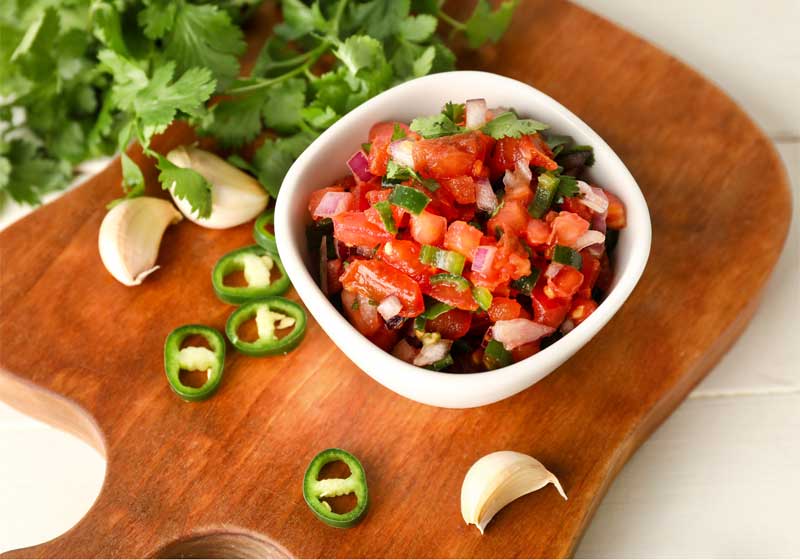
Mexico's pico de gallo takes chopped tomato, onion, coriander and lime, adding brightness to any dish. Chunky, crisp and fresh, it pairs beautifully with tacos, nachos and tostadas. Its simplicity underscores the focus on quality ingredients in Mexican cuisine.
Salsa Roja & Salsa Verde (Mexico)
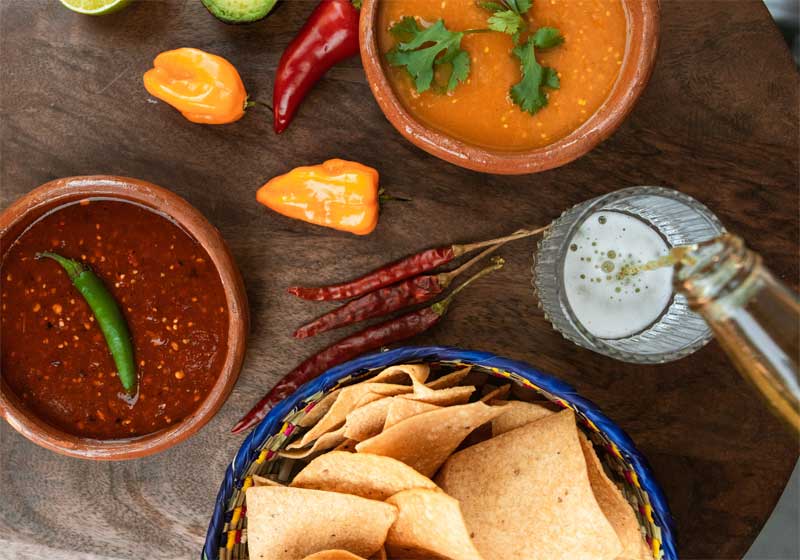
Salsa roja (tomato-based) and salsa verde (tomatillo-based) are Mexico's culinary staples, featuring cooked or raw chillies for varying heat levels. Both sauces effortlessly bridge meals from breakfast eggs to grilled meat and quesadillas. Be it fiery or mild, these salsas anchor Mexican cooking through their versatility, depth, and accessibility.
Pebre (Chile)
Pebre, Chile's rustic salsa of coriander, onions, tomatoes and chillies, typically lifted by vinegar or citrus juice, brings tangy freshness and texture to everyday dining. Served alongside crusty bread, grilled meat, or seafood, pebre's herbal bite embodies casual Chilean hospitality.
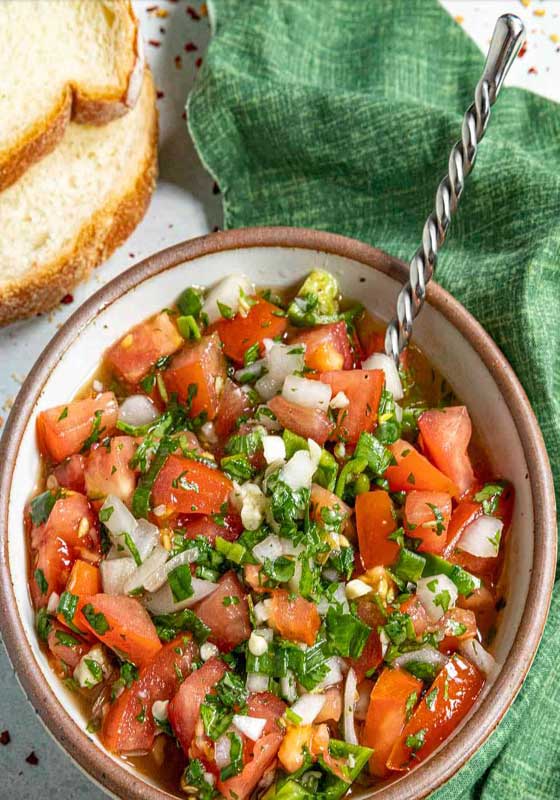
Photo credit: Chili Pepper Madness.
Mojo Verde (Latin Caribbean)
Introduced to Latin America via the Canary Islands, mojo verde combines coriander, garlic, vinegar, and olive oil into a lush sauce marked by its vibrant colour and earthy depth. Served traditionally with grilled fish and papas arrugadas (salt-crusted potatoes), it embodies the cross-cultural influences shaping Caribbean flavours.
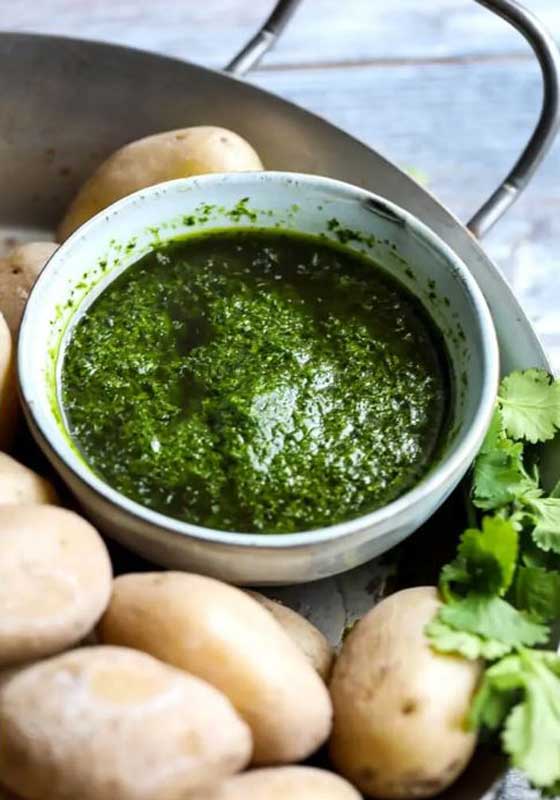
Photo credit: Mojo Kitchen.
Getting the Right Balance
Understanding Latin American sauces can reshape the way you cook at home: Taking their balance of heat and acidity, for instance, in sauces such as chimichurri or mojo verde, vinegar and citrus sharpen flavour, tame the richness of grilled meat and amplify the freshness of vegetables.
Texture plays an essential role as well - the chunky character of pico de gallo or guacamole brings a contrast to smoother, softer dishes, creating a layered, satisfying mouthfeel. Fresh herbs and spices deserve equal attention. Aji verde and salsa verde rely on coriander, but adjusting proportions or introducing herbs like mint or basil can redefine their flavour and give cooks more freedom to tailor its taste.
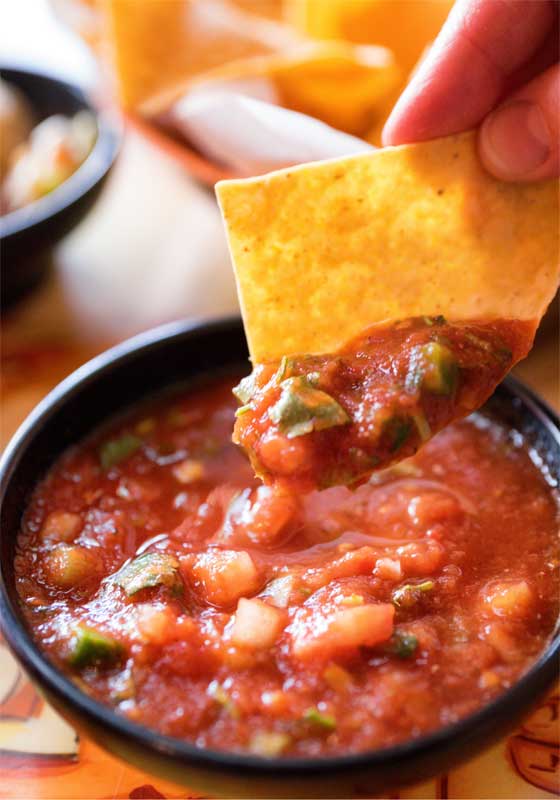
Bringing Sauces to Life at Home
These condiments rely on freshness and simplicity. Opt for freshly picked herbs and ripe citrus for dynamic flavours. While a blender is convenient, hand-chopping provides varied textures. Traditional preparation with a mortar and pestle heightens authenticity, releasing deeper aromas and flavours. Present them in several bowls at the table, encouraging guests to share, compare and linger over tastes.
Fresh, fiery and made for customisation, they capture the nature of Latin cooking and invite you to enjoy every bite with generosity and joy.


